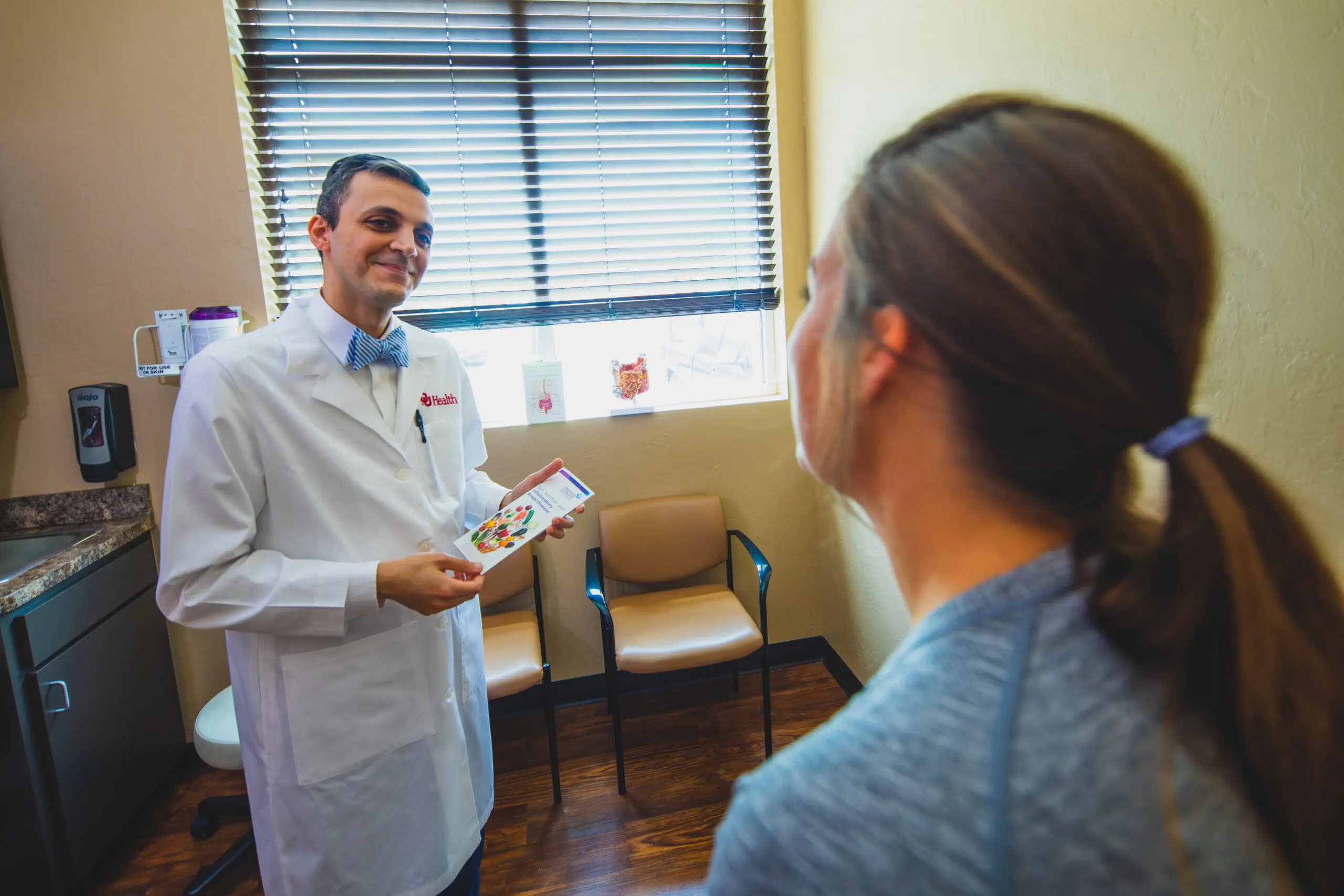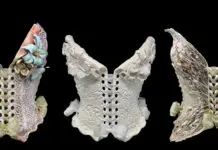When you think of Okmulgee, the first thing that comes to mind probably isn’t high-end, luxury watches. But since 1946, Oklahoma State University’s Institute of Technology in Okmulgee has trained individuals in the art of watchmaking and watch repair.
OSUIT’s Watchmaking and Microtechnology programs has its roots in the economic expansion following World War II, as many veterans returned from overseas looking for education and work.
“We (OSU, at the time) were developing programs for returning veterans,” says Anita Gordy-Watkins, vice president of institutional advancement at OSUIT. “Watchmaking was a profession that even injured soldiers could do.”
From those beginnings, the program has grown to become one of the premier watchmaking programs in the country. Famed watchmaker, Rolex, has sponsored the program since 2008, donating approximately $200,000 per year as well as the most modern equipment and tools. In fact, watchmaking at OSUIT has received some form of sponsorship from luxury goods manufacturers like Richemont, Rolex and Breitling since the 1990s.
Several professionals from Rolex even sit on the program’s advisory board.
“They help to develop our curriculum, help faculty in professional development and help determine our standards and what the emerging trends are,” says Watkins. “But that doesn’t mean our students just go to work for Rolex or at Rolex service centers.”
Graduates of the program can be found working from right here in Oklahoma to around the globe.
“There’s a huge demand for high-end watchmakers,” says Watkins. “It used to be that our students went to work in service centers, but now more and more the retail sector wants watchmakers on site to help them sell their timepieces.”
Admission into the two-year program is a rigorous process. Beyond the standard admission materials that all OSUIT students must submit, prospective watchmakers partake in two rounds of interviews and undergo a range of vision, mobility and tactile tests to ensure they have the physical skills to work on small, complicated devices. OSUIT can admit as many as 14 students into the program each year. There are currently eight students enrolled in first-year classes and seven in second-year.
For admitted students, the program is demanding, with classes five days a week from 7:30 a.m. to 3:30 p.m. and sometimes longer if students have lab work to do.
“We run it pretty much like you’d expect to work at your job,” says Jason Ziegenbein, one of the program’s two full-time faculty members and the school’s second-year instructor.
During the students’ instruction, they not only learn how to repair and manufacture fine watches, but also customer service skills and aspects of the business side of watchmaking.
“We try to do a complete immersion into that career field as much as we can in our classrooms,” says Jason Champion, the program’s first year instructor. “They walk the culture, wear the clothing and learn the expectations for behavior.”
Students even come to class every day in a suit and tie.
After two years of well-dressed and intensive instruction, students in the program earn an Associate’s Degree of Applied Sciences. Students will also leave with a Certified Watchmakers of the 21st Century certification from the American Watchmakers-Clockmakers Institute, considered the benchmark in the industry.
With so few luxury watchmaking programs in the world, OSUIT faculty and staff are rightly proud of what they do.
“In the entire country, there are two other schools that are at the same level as we are,” says Champion.
























